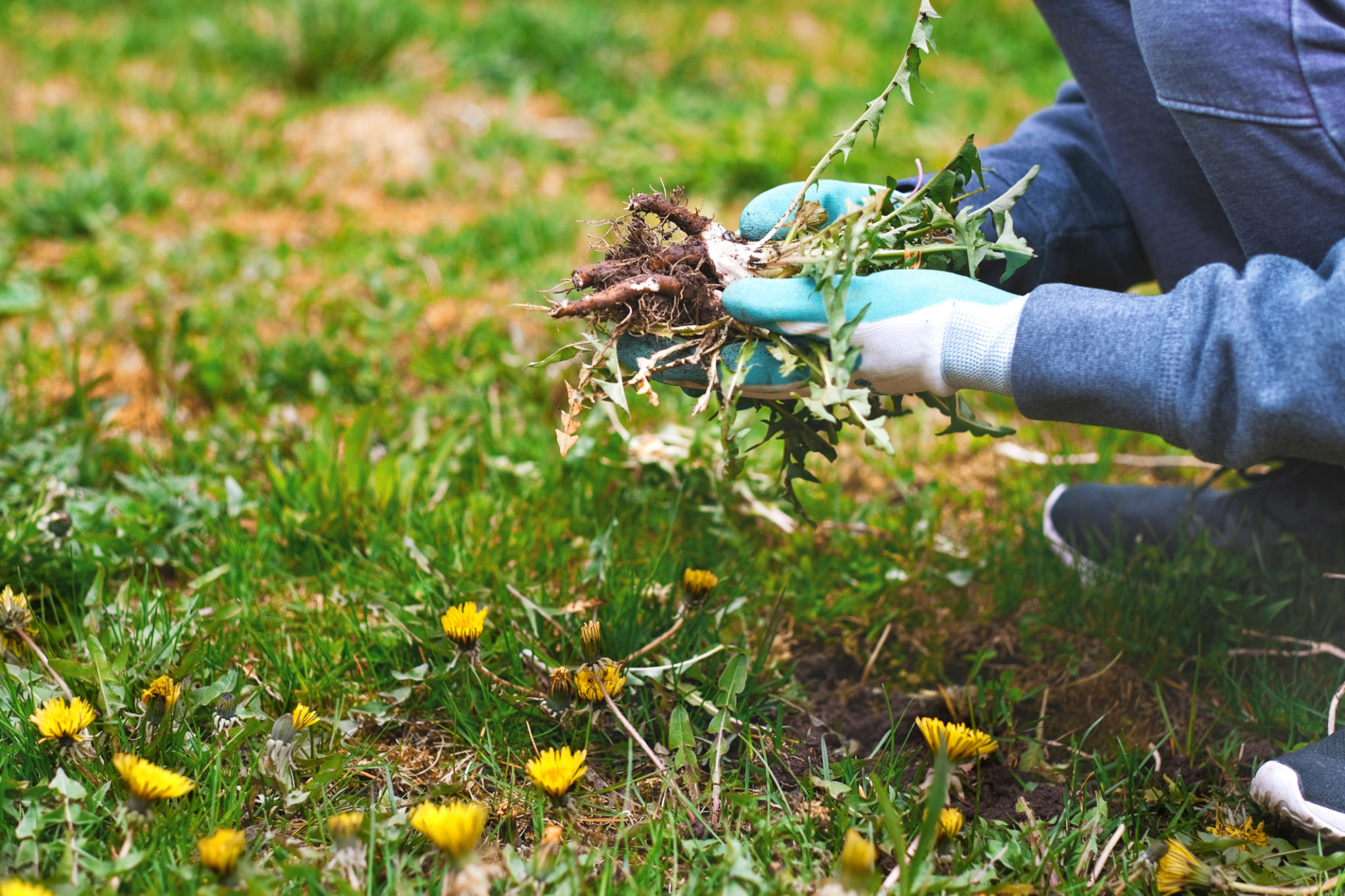Case Study: Successful Weed Management Strategies in Polokwane
Introduction to Weed Management in Polokwane
The battle against invasive weeds is a significant concern for farmers and landowners in Polokwane. With the region's diverse climate and soil conditions, effective weed management strategies are crucial to maintaining healthy crops and sustainable landscapes. This case study highlights successful weed management approaches implemented in the area, providing valuable insights for others facing similar challenges.
Weeds compete with crops for nutrients, light, and water, which can significantly reduce agricultural productivity. Moreover, they can harbor pests and diseases that further threaten crop health. Understanding the specific weed species and their growth patterns is essential to devising effective control methods.

Identifying Common Weeds in Polokwane
Accurate identification of weed species is the first step in formulating a successful management plan. In Polokwane, some of the most prevalent weeds include blackjacks, khaki weed, and thorn apple. Each of these species has its unique characteristics and requires tailored management strategies.
For instance, blackjacks are known for their rapid spread and resilience, requiring consistent monitoring and control measures. Khaki weed, on the other hand, thrives in disturbed soils, making it a common nuisance in agricultural fields and pastures. Recognizing these weeds early can help in applying timely control measures.

Integrated Weed Management Strategies
The cornerstone of successful weed management in Polokwane lies in an integrated approach that combines multiple control methods. Here are some key strategies that have proven effective:
- Cultural Control: Practices such as crop rotation and maintaining competitive crop densities can naturally suppress weed growth.
- Mechanical Control: Regular tillage and mowing can physically remove weeds and prevent seed production.
- Chemical Control: The judicious use of herbicides can effectively reduce weed populations when applied correctly.
Each of these methods plays a vital role in a comprehensive weed management plan. The integration of these strategies ensures long-term success by reducing reliance on any single method.

The Role of Technology in Weed Management
Advancements in technology have significantly enhanced weed management efforts. In Polokwane, the use of precision agriculture tools, such as GPS-guided sprayers and drones, enables targeted application of herbicides and monitoring of weed growth patterns.
These technologies not only improve efficiency but also minimize environmental impact by reducing chemical usage. Farmers can now make data-driven decisions to optimize their management practices and achieve better outcomes.
Community Involvement and Education
Engaging the local community in weed management efforts is crucial for widespread success. Educational programs that inform farmers about the latest techniques and encourage collaborative efforts can lead to more effective control measures across the region.
Workshops and field days provide platforms for sharing knowledge and experiences, fostering a sense of community cooperation. By working together, local farmers can tackle weed infestations more effectively than by working in isolation.

Conclusion: A Path Forward
The ongoing fight against invasive weeds in Polokwane requires a multifaceted approach that combines various management strategies with technological advancements and community collaboration. By learning from successful case studies like this one, other regions can adopt similar practices to enhance their own weed management efforts.
Ultimately, the goal is to achieve sustainable agricultural practices that not only increase productivity but also preserve the ecological balance. Through continued innovation and cooperation, Polokwane serves as a model for successful weed management strategies that can be replicated elsewhere.